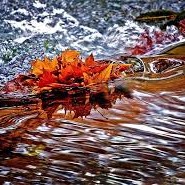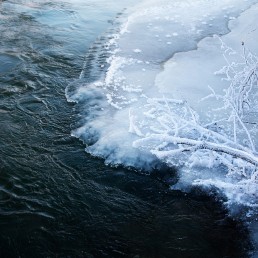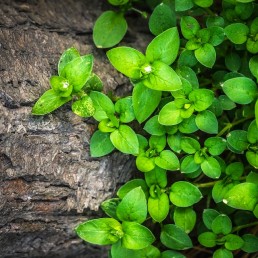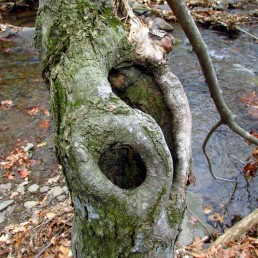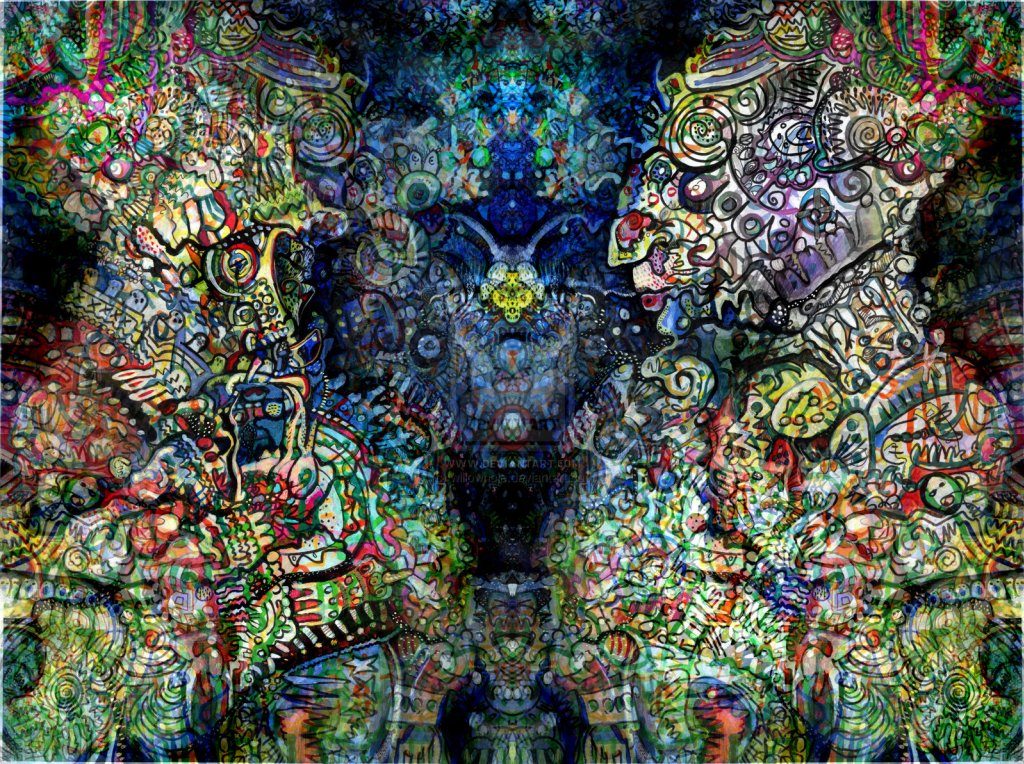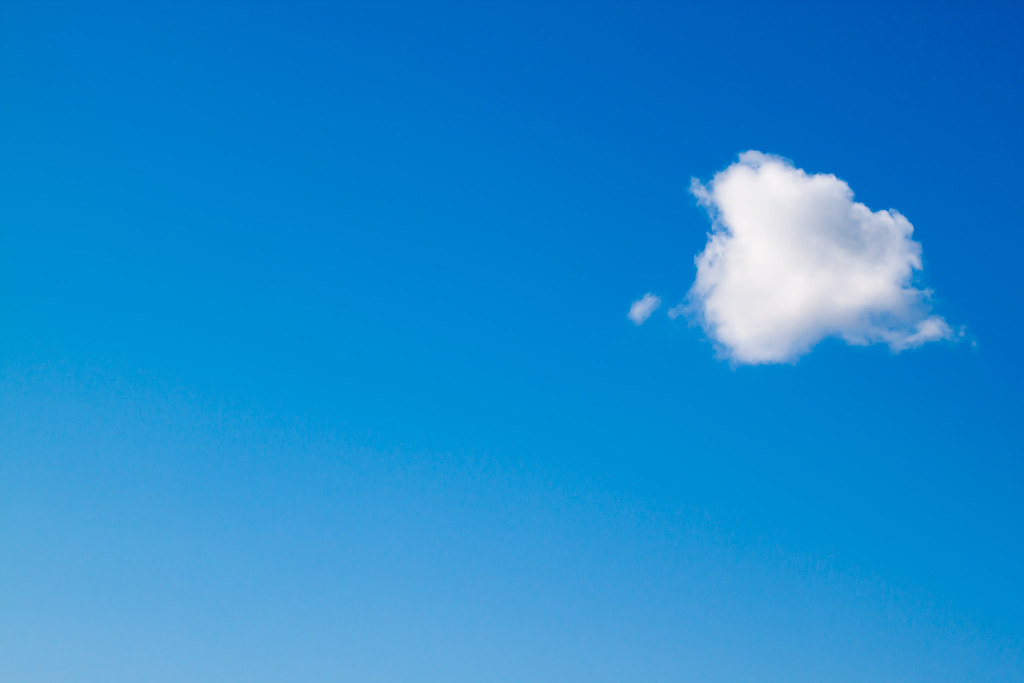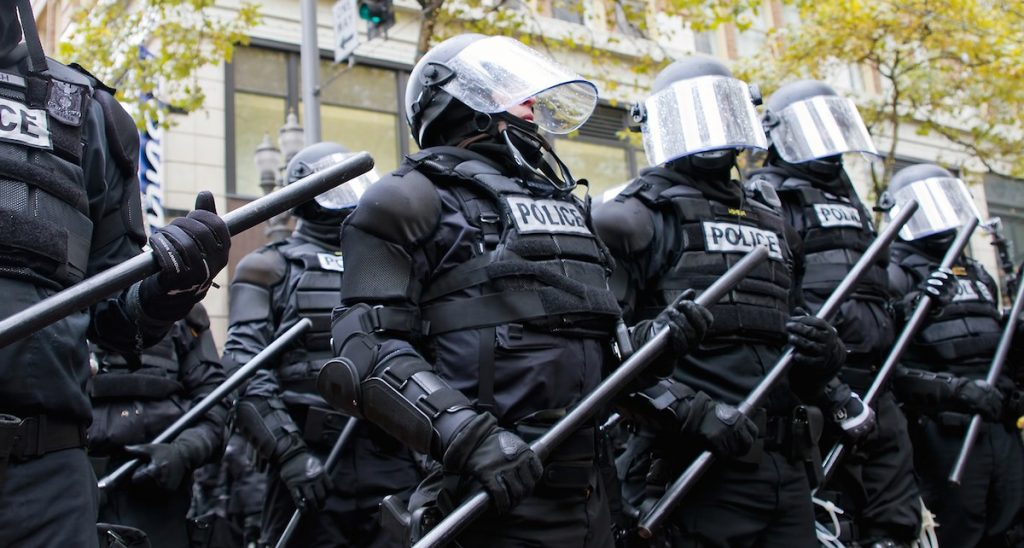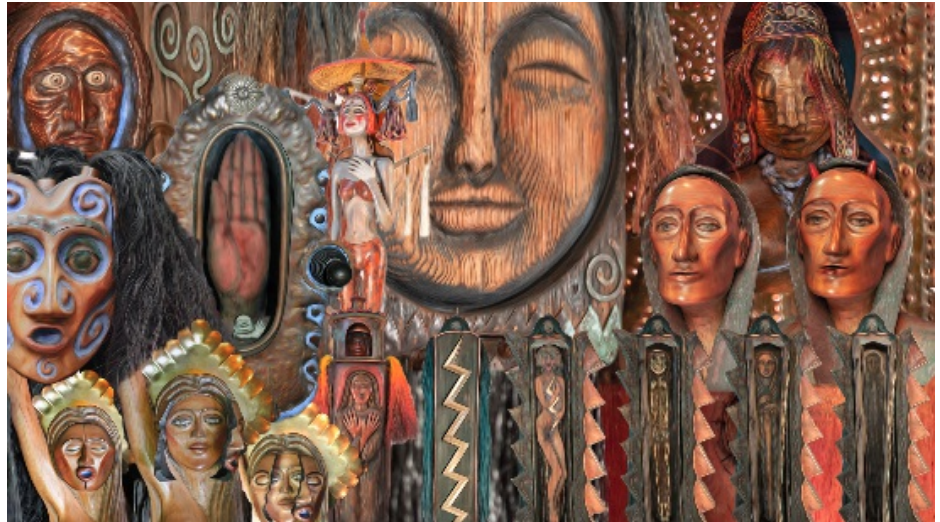Between the Inner and Outer Worlds
We may well question the cost of passionately defending our own corners of the cosmos. Gated communities and fortified national borders say more about what we fear than what we love. And we may wonder whether the opportunities we discover looking outwards have much affinity with the aspirations orbiting within us.
Growing indifference to the well-being of others, incarcerations of convenience and of prejudice, armed borders, and strategically contrived catastrophes leave behind a harvest of PTSD, homelessness and deep resentment in the minds and hearts of those who are dispossessed. And for those of us who, for the moment, are getting by, the stress of safeguarding our positions takes its own toll.
In the middle ground between our inner and outer worlds, our own uncompromising preferences seem strangely reflected in the breakdown of communication among nations, classes, and races. We may wonder which came first: the global chicken or the local egg.
Starting With Myself
Even if we suspect a causal connection between our own behavior and the conflicts that hold sway globally, we may not feel empowered to challenge our own deeply ingrained habits. Perhaps a lack of understanding seeded and now perpetuates those habits, and now we need to shift either our behavior or our intention before real change can occur.
I once destroyed a dozen volumes of my daily journals. I stood on the fire escape outside my apartment as the garbage truck compactor below chewed up all those years of my past. Looking back, I can see that a new period of my life opened then as I watched those pages—covered with my crabbed handwriting—cascade into the air and fall back into the belly of the truck.
Why did I do that? Because when I had opened those volumes in search of the gems of wisdom I was sure were there, I had discovered something horrifying. Every night a bully imposed his unwanted advice on the one who would wake up the next morning. I realized that if they had been listening to one another, then that haranguing could have shifted into a dialogue between my intentions and my experience.
Destroying my journals helped reveal a situation that needed to be changed if I was ever to live a fulfilling life: one in which my dreams had a chance to inform my actions, like yeast leavening a loaf of bread. But I discovered that destroying my journals wasn’t enough to silence a critical inner voice. I also had to develop a more integrated approach in which voicing an intention could become an invitation to embody it.
Our society suffers from a similar split. Picking crops or flipping burgers, many people wake up discouraged, unrepresented in the decisions made by others who control their jobs, their income, and their right to vote.
It is at least possible to grapple with disharmony operating in ourselves. But what can we do about accelerating income inequality, the concentration of power that perpetuates it, and an attitude that treats the ‘commons’ as fair game for whoever gets to the trough first?
There are so many elements in our environment that cause dismay—and so many unresolved conflicts in our typical psychological make-ups—that the capacity to feel gratitude may be confined to a few particular activities or experiences.
Life is a Gift
“The rain falling on far-off mountains has been carried across the desert in the arms of the wind.” – Sufi poem
So what allows a perception of appreciation and gratitude to arise, like mist rising off the sea? Good fortune in the whirling slot machine of life? Finding a path that provides deep satisfaction?
It is as if we are gardeners, planting in the fields of our daily lives, and we repeat whatever seems to have led to beneficial harvests in the past. Family, friendships, livelihood, spiritual practices, religious community, creative pastimes—we cultivate each separately and try to find a sense of wholeness connecting them. But better than the partial, short-lived rewards of particular outcomes is the gift of feeling that life itself is a gift.
Perhaps the living pulse that runs through the network of connections which makes up our life on Earth, and which allows us to fathom a greater, unifying wholeness, is gratitude for what already is.
As Above, So Below
Religious teachings make a distinction between the sacred and the profane, and often the ‘male’ is seen as a doorway to the sacred, while the female is viewed as the earth-bound realm of ordinary life. Rabbis, priests, ministers, Rinpoches—with rare exceptions—are men. “Hail Mary, full of Grace,” resonates deeply with Catholic practitioners, but our society continues to project a male perspective—financially, politically, and in institutional hierarchies. For a culture in which the female is treated as lesser than the male, it is not a giant leap to a world in which “Mother Earth” is treated as expendable, a storehouse whose value is measured in terms of male-dominated agendas.
There is a crying need for a more balanced vision, one that accords greater respect for Planet Earth. In the absence of gratitude for the bounty of Nature, religions lose their heart and their respect for the abundant life with which we share our planetary home.
Can respect for Mother Earth be woven once more into our modern scientific outlook? It’s not only the focus of science that needs adjustment. Spiritual traditions that leave the majority of humanity out in the cold—as if they were an unwanted husk surrounding the worthwhile fruit—have also helped create a world in which inhumanity is on the rise.
The Turning of our Lives
“When I look inside and see that I am nothing, that is wisdom.
When I look outside and see that I am everything, that is love.
And between those two, my life turns.”
— Sri Nisargadatta Maharaj
Captivated by Yin and Yang, as they chase one another through the corridors of space and time, we may forget that both are held within the circle of the Tao. Appreciating the Buddhist maxim, “Wisdom and Compassion are like the two wings of a bird”, we may forget that we ourselves are the bird who is flying across the middle ground of emptiness and fullness. Where else can wisdom and love be reconciled than in the wing beats of our lives?
We are poised between Mother Earth and open sky. But many feel stuck in a world of polar opposites: us and them; liberal and conservative; self and other; subject and object; evolution and creationism. And so it goes.
The din of dueling certainties cries out for a bridge across their yawning chasms. Acts of communication, of open-hearted listening, reconciliation, forgiveness, collaboration—even the repair of a bridge, the opening of a door, or the patching of a highway—are rare these days.
How can we gather up the polar opposites into their original oneness?
Perhaps one way is to search for the third piece that has been lost in breaking apart all that is naturally complete and whole. Can we resurrect that middle way where reconciliation and mystery make their home? Can we once more tread the sacred ground where human beings have always met to collaborate and to celebrate the possibilities of life?
As a kid, living with my parents and my sister in a residential suburb of Montreal, a few steps from the Saint Lawrence River that flows past the city on its way to the Atlantic Ocean, we spent our summers swimming and boating. I remember my mother—always the first to plunge into the cold Great Lakes run-off each spring—teaching me a technique to use, should I ever be struggling to keep my head above water. It is a simple technique which recognizes that we ourselves are made of water.
Instead of struggling to keep my mouth above the surface, she said to relax and let my head fall forward into the lake, trusting that my body’s buoyancy would presently take over. Sure enough, once my entire body was submerged, the downward momentum would pause, and like a swinging pendulum, I started bobbing back up. At the top of this upswing, I simply raised my face into the air, exhaled, inhaled, and—with my lungs now full of new breath—allowed my face to sink once more below the surface. No struggle needed to capture another breath and no need to exhaust myself in a frantic struggle not to drown. Instead, one with the water—as a being made of water—I simply bobbed up and down in the medium of my embodiment.



